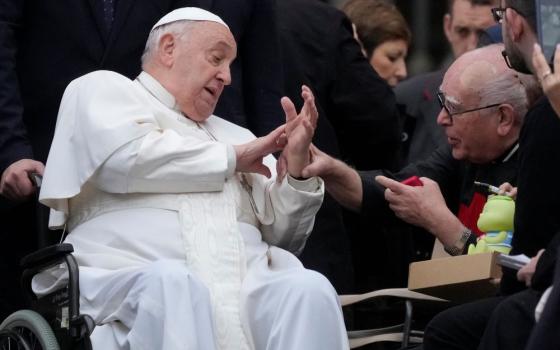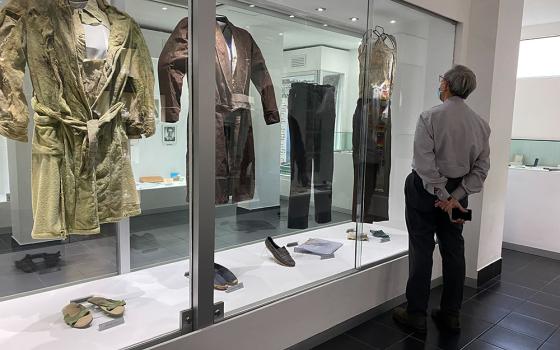Today, the Catholic University of America is hosting a day long symposium marking the twenty-fifth anniversary of diplomatic relations between the United States and the Vatican.
Archbishop Sambi, in his opening remarks, quoted several statements by Pope Benedict XVI, including a reference to the “healthy secularism” of American culture but also pointed out that the Holy Father understands that “democracy can only flourish, as your Founding Fathers realized, when political leaders are guided by truth,” a classic Ratzingerian concern.
Archbishop Timothy Dolan, who earned a doctorate in Church History at CUA, gave a summation of the informal relations between the Vatican and the US government prior to the establishment of formal diplomatic relations in 1984. He cited examples of the Vatican reaching out to government and vice-versa. FDR asked Cardinal Mundelein for help with the violently anti-Semitic and anti-FDR radio priest, Father Charles Coughlin. From the other direction, the Vatican asked Cardinal Gibbons to sound out President Wilson on peace plans during WWI.
Mary Ann Glendon, the most recent US ambassador to the Holy See, gave the morning’s keynote. She said she realized that there is fair amount of confusion about what the Holy See is precisely: The morning of her appointment, she shared the news in the Harvard faculty lunchroom. “The SEC?” someone asked. She pointed out that the Vatican is not the same thing as the Holy See. The Holy See is the government of the Catholic Church, not the superintendance of a hundred acres in the heart of Rome. It is a “unique juridical entity” and it doesn’t fit into the usual legal categories.
Glendon gave a somewhat self-serving account of the areas of common interest between the Holy See and the Bush Administration. She especially noted their common interest in humanitarian endeavors – but, the Iraq War was not a humanitarian endeavor. In her defense, she noted that much of the friction between Vatican and US over Iraq war had diminished by the time she arrived. Still, the difference between America’s most militaristic foreign policy and the more pacific disposition of the Holy See cannot be so easily elided.



